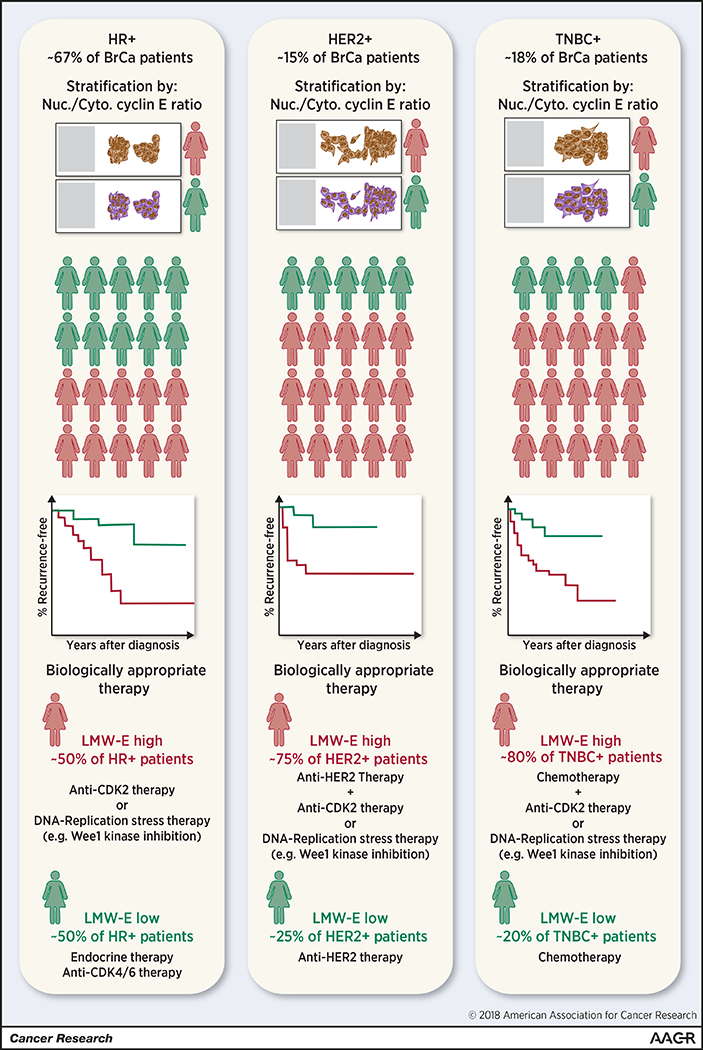Figure 2: The prognostic significance of LMW-E.

Clinically, breast cancers are stratified into three groups, HR positive breast cancer, HER2 positive breast cancer, and TNBC based on the pathohistological assessment the of ER, PR, and HER2 expression. These breast tumor types are characterized by dramatic differences in clinical course and are treated using tailored therapeutic approaches. Immunohistochemical analysis of cyclin E or phosphorylated CDK2 and scoring according to the nuclear (FL)-to-cytoplasmic (LMW) cyclin E ratio identifies a patient population in each breast cancer subtype expressing high levels of LMW-E relative to FL cyclin E (approximately 50% of HR positive cancers, 75% of HER2 positive cancers, and 80% of TNBC). Within each of these subtypes, patients whose tumors express high LMW-E relative to FL-cyclin E have significantly worse survival outcomes than patients whose tumors predominantly express FL cyclin E. Data reviewed here suggest that LMW-E-expressing tumors are resistant to commonly used targeted therapeutics and may benefit from a combination of current therapeutic approaches with either anti-CDK2 based therapy or therapeutic strategies targeting specific vulnerabilities of LMW-E overexpressing tumors.
